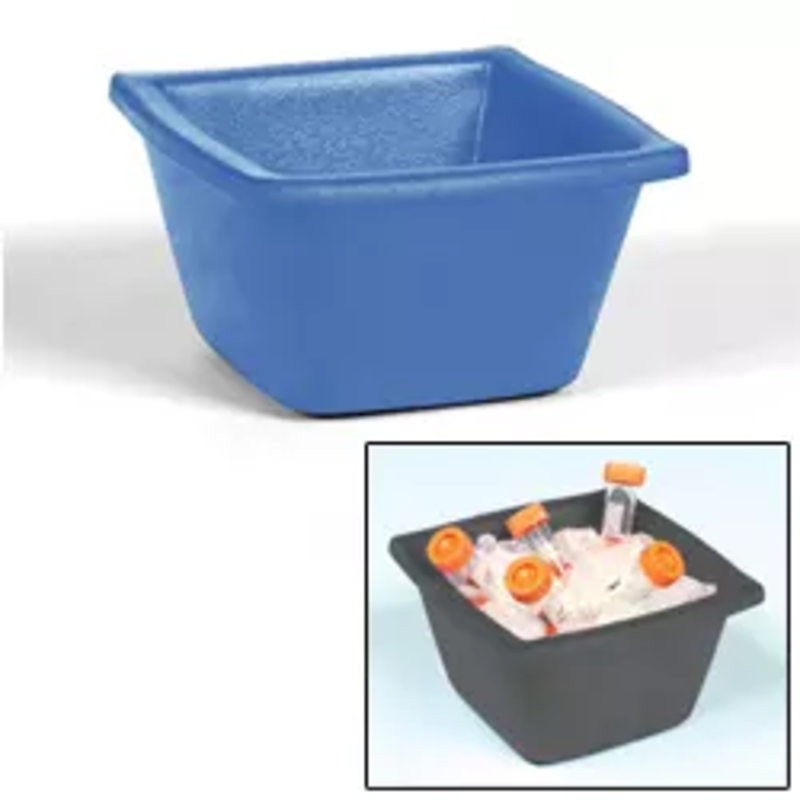How Are Cryogenic Samples Stored?
July 23 2017 /
Storing samples at low temperatures is necessary to extend the viability of reserved samples. Storing samples in mechanical freezers at -80° C slows down metabolic activity but does not stop it. Sample temperatures must be below -132° C to halt metabolic activity.
Storing below this temperature assures safe preservation. The approved range for storage equipment is -80° C to +100° C. In practice, cryogenic equipment is used until temperatures reach the vapour phase temperature of nitrogen which is between -150° C to -196° C. The location and distance from the vessel of liquid nitrogen have an impact on the vapour causing temperature.
Storing liquid phase nitrogen is not recommended. Risks associated with storing liquid nitrogen include the danger of being flooded by nitrogen vapour when filling the storage vessel and nitrogen vapour seeping inside a tube that is incorrectly capped.
When retrieved into room temperature, nitrogen vapour trapped in a cavity will expand rapidly. There is a significant risk of explosion. A manufacturer cannot guarantee nitrogen vapour will not penetrate a tube during storage.
The IceWares products distributed through NextDayScience are designed by a top quality manufacturer to help in storing and transporting samples in slurries, ice, and other environments in a manner that is safe and efficient. They are used with liquid nitrogen, ice, dry ice, and dry ice alcohol slurries.
Expanded polymer foam is used to make the Magic Touch floating rack that securely keeps 1.5 ml micro centrifuge tubes in place. When necessary, the tubes easily slide in and out. The polymer foam is unbreakable under normal conditions, impervious to odours and moisture, and chemical resistant. The lab ice pans have a temperature range from -196° to +93°C.
